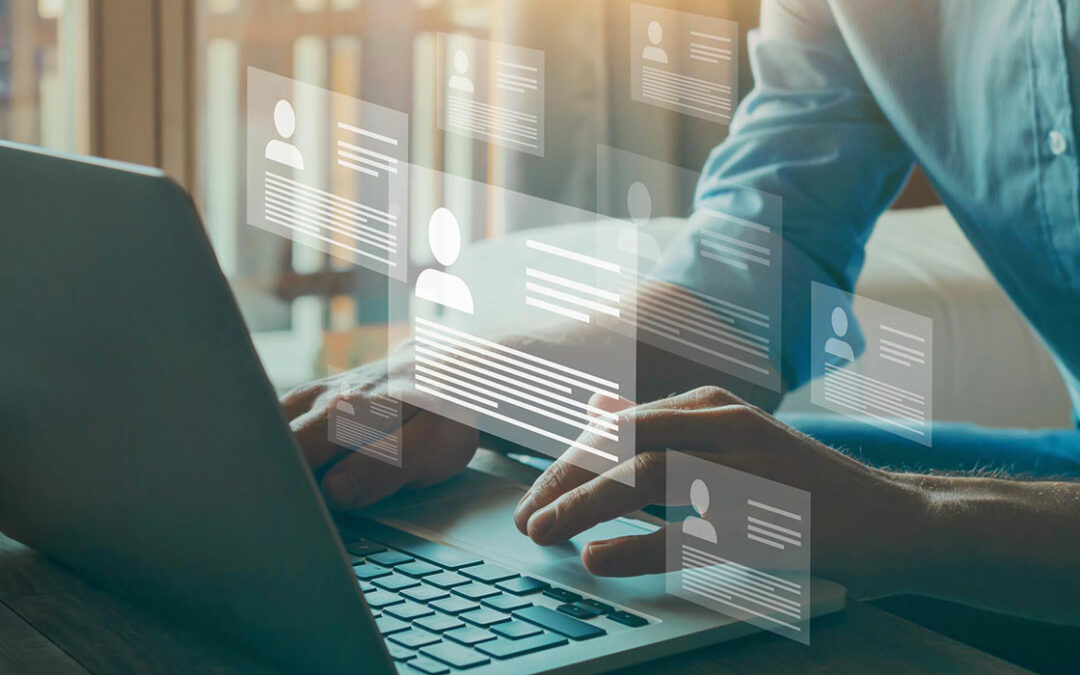The effectiveness of a meeting — whether in person or virtual — is important to overall time management. It’s estimated that middle managers spend about 35% of their time in meetings, and upper level managers spend about 50% of their time in meetings. While all these meetings are meant to be a launching pad for great decisions and improved productivity, they don’t always come off that way. While you can’t always control how a meeting goes, you can always control your contribution to it.
If you’re leading the meeting…
If you’re in charge of the meeting, whether or not it is a good use of time for everyone is up to you. Follow these key strategies create meeting effectiveness as a leader:
- Announce your objective for the meeting ahead of time by email or with the agenda, and reiterate it again at the beginning of the meeting.
- Allow brainstorming tangents, but manage them. Good ideas often come from items not on an agenda. Allow conversations to happen, but park them for later discussion if they’re not relevant to the meeting’s objective.
- Keep it friendly. Meetings can be a way to build camaraderie within your team. Unless the meeting topic is particularly dreary, allow for some banter and fun while keeping the group focused on your objective.
- Take notes, or assign someone else to. If what you’re talking about is important enough to be the subject of a meeting, it’s important enough to write down. After the meeting, distribute notes with action items highlighted.
- Don’t just talk – listen. Meetings should be a time for collaboration, which means you should be listening just as much if not more than you’re speaking.
If you’re attending the meeting…
If you’ve been invited to a meeting, you also have an important role in meeting effectiveness. Follow these best practices:
- Be prepared by understanding what the meeting is about and reviewing any necessary material ahead of time. If you’re not clear on the meeting’s objective, ask.
- Participate, but don’t dominate. Offer ideas and feedback while also listening carefully to other ideas. Be careful not to criticize and keep an open mind.
- Respect the meeting leader and your peers. Be on time, and don’t interrupt or create disruptions that interfere with the meeting’s objective.
If the meeting is virtual…
The same strategies and best practices apply if you’re leading or participating in a phone or virtual meeting. For these meetings, allow a little extra preparation time to deal with any technical issues and resist the temptation to multi-task during the meeting.
Leadership and the Culture of Convenience
Leaders who create a culture of convenience are able to streamline tasks and establish processes that make improve employee performance and increase everyone’s productivity. Get weekly ideas on how to make your job easier through the Culture of Convenience podcast. Listen now!





